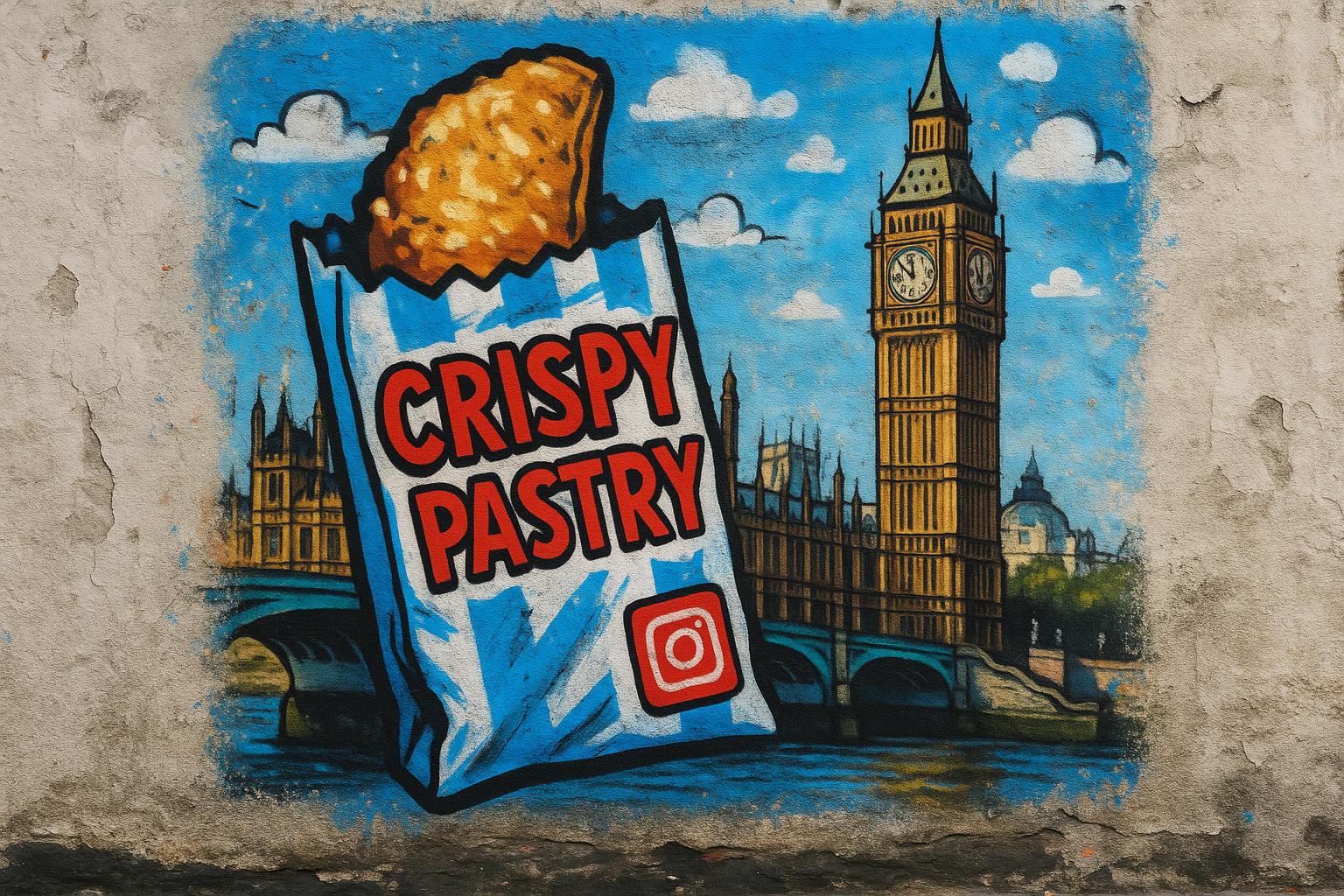Social media has revolutionised how people discover and experience food, catalysing a trend where diners travel significant distances to visit eateries that have gone viral online. A recent study commissioned by temporary car insurance provider Tempcover highlights this shift in dining habits, revealing that nearly four in ten people have visited a restaurant due to its social media popularity. Remarkably, one in twenty diners admitted to travelling more than 100 miles to experience these viral food spots, with the average distance being 43 miles.
This new wave of "viral food enthusiasts" appears highly satisfied with their culinary adventures; 91% reported enjoying their trips, with 45% citing the food itself as the highlight and 30% appreciating the quality time spent with friends. The research underscores the significant influence of social media platforms on food choices, with Instagram emerging as the most powerful driver, especially among Millennials and Gen Z demographics. Facebook remains the top influencer for Boomers; however, a large proportion of older respondents—73%—reported no major social media influence on their eating habits, contrasting sharply with younger generations.
The trend has elevated a diverse range of eateries into the spotlight. Leading the pack is The Shed in London, followed by viral dessert sensation Humble Crumble, also in London, and Manchester's Beef Smokehouse. Other notable mentions include SpudMan in Tamworth, famous for its jacket potatoes, and Bristol’s Urban Tandoor, known for its viral musical food parodies. High-profile venues such as Jeremy Clarkson’s Diddly Squat Farm have also attracted attention online, drawing food lovers eager to combine celebrity draw with social media buzz.
Tempcover’s initiative to tap into this trend includes offering a limited number of free meals at selected viral eateries across the UK to active policyholders, with restaurants like Bagels Inc in Sheffield and Fire and Flank in Cardiff participating. The study further reveals that food road trips are predominantly a family and friends affair, with 81% choosing to travel with a partner and 46% with children, reinforcing the social nature of these excursions. Cars remain the preferred mode of transport for 71% of viral food travellers, enabling both short and spontaneous longer journeys.
The rise of social media-driven dining aligns with broader patterns observed internationally. Reports from the US show that small businesses can experience transformative effects when their food offerings go viral. For example, New York’s Lexington Candy Shop and California’s Fatima’s Grill saw surges in customer demand after TikTok exposure, highlighting both the opportunities and challenges viral fame brings. The phenomenon can generate lasting success but demands adaptability and operational resilience.
This burgeoning trend is further amplified by influential food critics on platforms such as TikTok. Noted viral critic Keith Lee has sparked widespread attention for North Carolina eateries, exemplifying how social media personalities and their massive followings can drive substantial foot traffic and economic impact for featured restaurants.
Beyond specific locations, viral food trends on social media spark innovation and curiosity in dining experiences globally. From TikTok-inspired creations like pickle sandwiches and "dirty sodas" in the Washington D.C. area to sophisticated flavour trends like the Dubai chocolate and evolving butter boards, social platforms continuously shape what consumers eat and where they choose to eat it. These trends not only fuel curiosity but also invite consumers to experiment with new tastes and formats, contributing to a dynamic and evolving food culture.
Interestingly, the travel aspect of these food exploits has expanded beyond restaurants. Viral content fostering grocery store tourism, where supermarkets abroad are treated as cultural destinations, demonstrates social media’s capacity to redefine even mundane aspects of travel and consumption into shareable and meaningful experiences.
Together, these patterns illustrate how social media has transformed the culinary landscape: it is not just about food but the entire journey and social connection that accompanies the exploration of trending flavours and venues. This fusion of digital influence, adventurous spirit, and communal dining is reshaping how and why people eat, driving a new appreciation for food destinations both near and far.
📌 Reference Map:
- [1] (Wales Online) - Paragraphs 1, 2, 3, 4, 5, 6, 7
- [2] (AP News) - Paragraph 8
- [3] (Axios) - Paragraph 9
- [4] (Axios) - Paragraph 10
- [5] (PYMNTS) - Paragraph 11
- [6] (Tatler Asia) - Paragraph 10
- [7] (Restaurantify) - Paragraph 10
Source: Noah Wire Services
